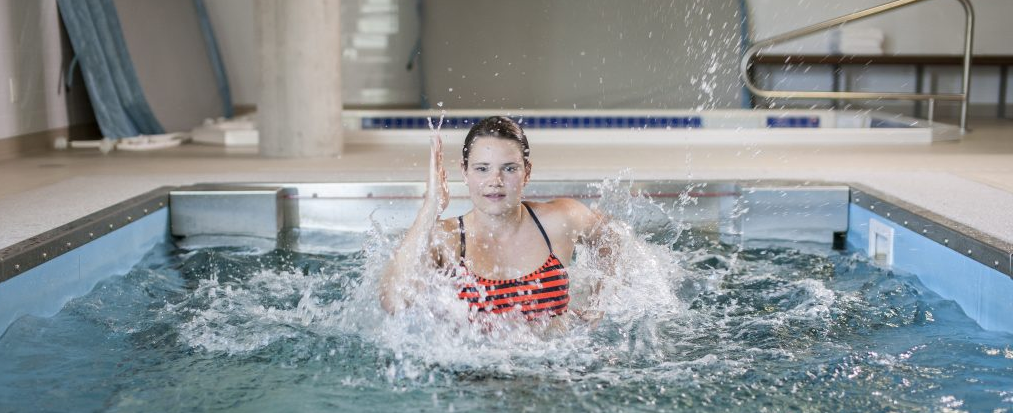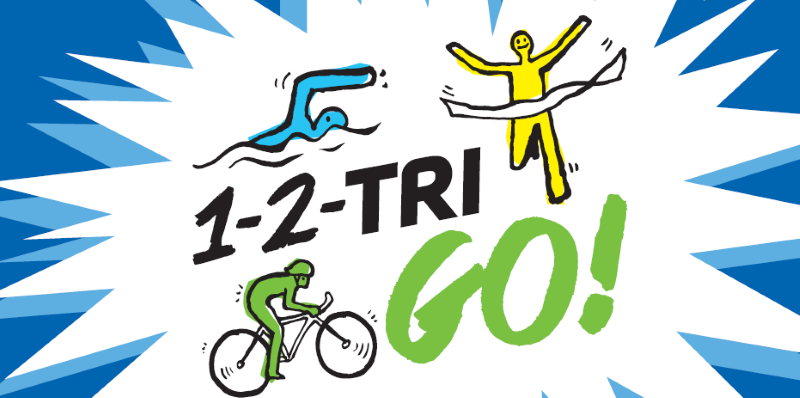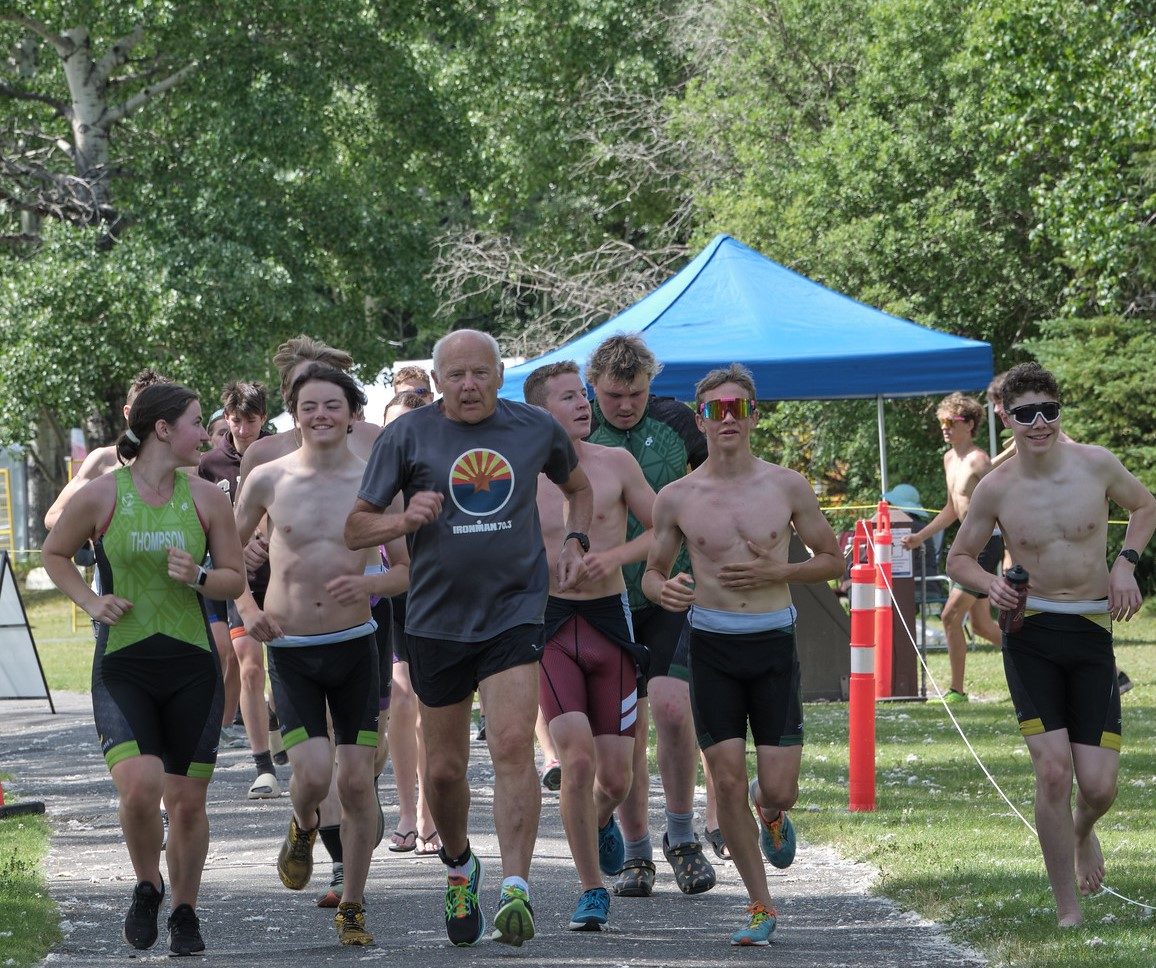by Erin Bussin, Hydrotherapy Lead
From improving your power with minimal impact, to challenging postural stability, hydrotherapy can be an important tool in recovery, rehab and training. But when is it the most beneficial?
Here are three optimal times to start hydrotherapy and utilize its unique benefits.
1. Prior to surgery: The stronger you are going into surgery, the stronger you are coming out.
While waiting for surgery, a lot of people tend to rest and reduce their physical activity. Losing muscle strength prior to surgery can be detrimental to the recovery process.
Studies have shown that people who go into surgery after a pre-operative rehabilitation program have better functional and performance outcomes following surgery then those who have not.1 The hydrotherapy pool is a safe place to run and maintain a high level of activity without the fear of worsening an injury prior to surgery.
2. Following surgery: As soon as your surgery wounds heal, get into the hydrotherapy pool.
Water immersion has been used for recovery for centuries because of its natural healing characteristics. The hydrostatic pressure of the water causes a shift of body fluid from the lower limbs to the trunk which helps reduce pressure on our joints, increases circulation and decreases joint swelling.
Studies have shown that the earlier patients are able to start mobilization and strengthening after orthopedic surgery, the earlier patients are able to return to functional activity2. While the buoyancy of water supports the body and allow patients to walk and exercise unassisted, the water resistance challenges patients by emphasizing muscle stabilizer imbalances and providing drag forces throughout strengthening movements.
3. Transitioning BACK TO SPORT & ACTIVITY: There is always room for improvement, no matter how difficult it may seem.
Hydrotherapy can play an influential role as you transition off crutches, out of a boot, or back to running. Especially if joint weakness, mobility, pain, or confidence is deterring you from reaching your physical goals.
The hydrotherapy pool can be used to improve different aspects for recovery or performance, and is perfect for anyone who believes that they are limited by their body. The pool gives you the confidence you need to take your movement to the next level, whatever that level may be.
Did you know Triathlon BC members receive a preferred rate on select injury prevention and performance testing? If you’re a current Triathlon BC member, Redeem here to save up to 25% using promo code TriFortius2018.
REFERENCES
- 5 areas sleep has the greatest impact on athletic performance. (2016, November 02). Retrieved June 20, 2017, from https://www.fatiguescience.com/blog/5-ways-sleep-impacts-peak-athletic-performance/
- Bird, S. P. (2013). Sleep, Recovery, and Athletic Performance. Strength and Conditioning Journal,35(5), 43-47. doi:10.1519/ssc.0b013e3182a62e2f
- How Sleep Impacts Athletic Performance. (2017, May 26). Retrieved June 20, 2017, from https://www.tuck.com/sleep-and-athletes/
- Marshall, G. J., & Turner, A. N. (2016). The Importance of Sleep for Athletic Performance. Strength and Conditioning Journal,38(1), 61-67. doi:10.1519/ssc.0000000000000189
- Simpson, N. S., Gibbs, E. L., & Matheson, G. O. (2016). Optimizing sleep to maximize performance: implications and recommendations for elite athletes. Scandinavian Journal of Medicine & Science in Sports,27(3), 266-274. doi:10.1111/sms.12703
- Sleep and Mood. (n.d.). Retrieved June 20, 2017, from http://healthysleep.med.harvard.edu/need-sleep/whats-in-it-for-you/mood
- Sleep, Learning, and Memory. (n.d.). Retrieved June 20, 2017, from http://healthysleep.med.harvard.edu/healthy/matters/benefits-of-sleep/learning-memory
- Williamson, A. M., & Feyer, A. (2000). Moderate sleep deprivation produces impairments in cognitive and motor performance equivalent to legally prescribed levels of alcohol intoxication. Occupational and Environmental Medicine,57(10), 649-655. doi:10.1136/oem.57.10.649




